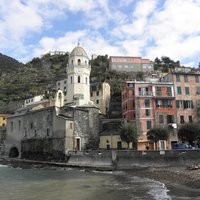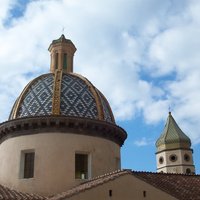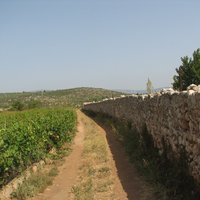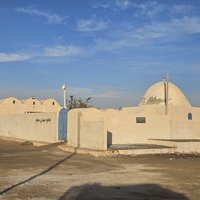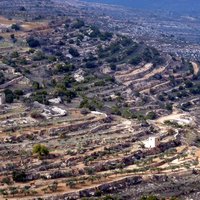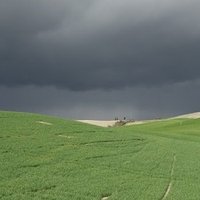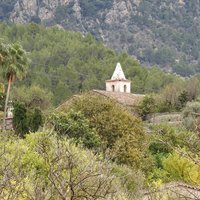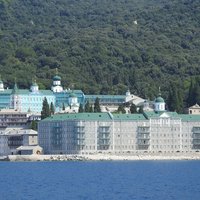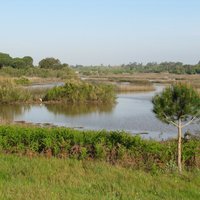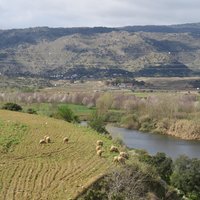Connected Sites
-
"the work of human beings over millennia has transformed into an intensively terraced landscape so as to be able to wrest from nature a few hectares of land suitable for agriculture, such as growing vines and olive trees" (AB ev)
-
"Inland the steep slopes rising from the coast are covered with terraces, revetted with drystone walling and used for the cultivation of citrus and other fruits, olives, vines, and vegetables of all kinds" (AB ev)
-
"Agricultural activity in the chora has been continuous up to the present day, and is based mainly on grapes and olives" (AB ev)
-
"The settlement pattern of Djerba based on a menzel as a habitation unit was organised around diversification and complementarity of activities centred on agricultural production – with irrigated agriculture being practised inside the menzel and dry farming outside it, in the green zones called ghaba where olives, grains and legumes were grown next to orchards" (AB ev)
-
"The un-irrigated terraces that form the majority are planted with olive trees and vines" (AB ev)
-
"The area comprises small-scale, mixed-produce farms on which grain, vines, olives, fruit, and vegetables are cultivated." (OUV)
-
"Olive cultivation spread throughout the Tramuntana area and had its boom in the 16th century, when oil production became the primary source of wealth for the estate owners of the area" (AB ev)
-
"In past centuries, a large part of the Athos peninsula was cultivated, mainly with vineyards and olive groves. Today, most of these have been abandoned and have reverted to forest." (area has both cultivated and wild olive groves)
See whc.unesco.org
-
"Donana's remnant Mediterranean-forest of cork oak, wild olive and pistachio are an additional attraction" (AB eval)
-
"The property is an outstanding example of a unique relationship between man and the natural elements. Here, in spite of nature’s hostility to human settlement, man adapted Mediterranean crops, particularly vines and olive and almond trees, and planted them on the terraces he fashioned from the steep rocky slopes. Changes in the several methods employed over the centuries are evident in the landscape" (OUV crit iv)
-
"In eight of the nine component parts (C1-C7 and C9), the settings of the archaeological sites are included within their boundaries. These cover diverse landscapes of farming and grazing land, wild olive tree forests and other characteristic vegetation (holm oaks, pines) that relate to the traditional activities of the communities on the island in the past and today." – "Wild olive tree colonisation of the landscape is noticeable in several of the component parts." (AB Ev)

